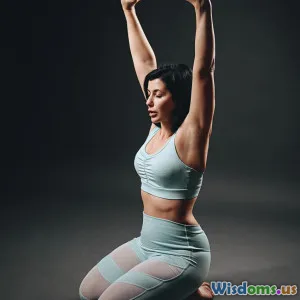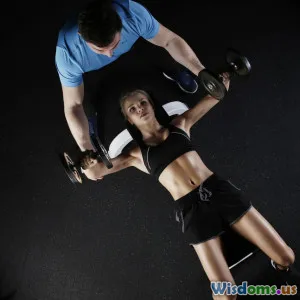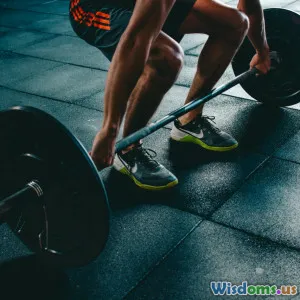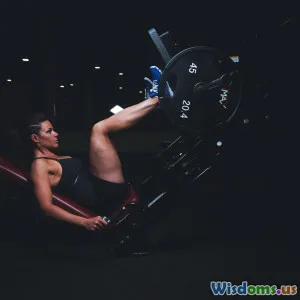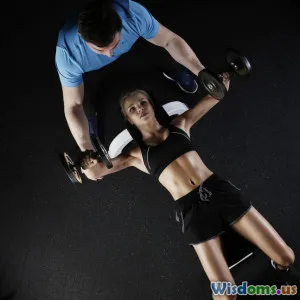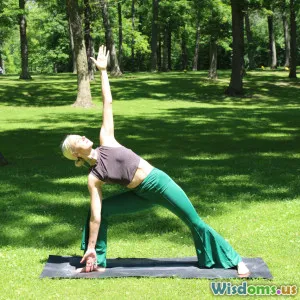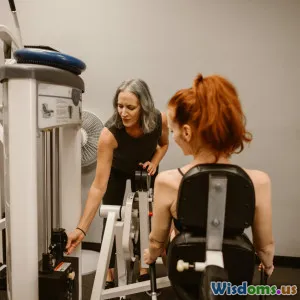
Seven Common Exercise Myths That May Hold You Back
12 min read Discover the truth behind seven widespread exercise myths and learn how to optimize your workouts for real fitness results. (0 Reviews)
Seven Common Exercise Myths That May Hold You Back
Believing myths about exercise can not only limit your progress, but can also cause frustration or even make you abandon your fitness journey altogether. Despite access to more credible information than ever before, misleading ideas about workouts still circulate in gyms, social feeds, and even in friendly advice. Here, we unravel seven of the most persistent exercise misconceptions with data, balanced insights, and actionable recommendations, so you can exercise smarter and enjoy better results.
Myth 1: You Have to Work Out for an Hour Every Day to See Results

It's tempting to think that a daily hour-long workout is the minimum threshold for success. This idea likely springs from classic recommendations and the perception that 'more is always better.' But research consistently shows the quality, not merely the quantity, of your workout matters most.
What Science Says
A 2012 study in the journal PLoS ONE found participants who exercised for 30 minutes per day lost as much or more weight and body fat as those doing 60-minute sessions. Harvard Medical School also emphasizes that short, brisk workouts—even as little as 15 minutes of intensity—can yield health benefits and improve longevity.
Focus on Smart Structure
It's more effective to perform focused workouts filled with compound movements (like squats, lunges, pushups, or rows) in just 20–40 minutes, 3–5 times a week. High-Intensity Interval Training (HIIT) is another research-backed method, showing results in fat loss and cardiovascular fitness, often with sessions lasting only 20–25 minutes.
Tip: Rather than feeling pressured for an hour a day, plan efficient sessions and allow adequate recovery.
Myth 2: Lifting Weights Will Make You Bulky—Especially Women

One of the oldest myths, especially targeting women, is that lifting weights will result in muscle bulk reminiscent of professional bodybuilders. This misconception can discourage people, particularly women, from engaging in one of the most beneficial forms of exercise.
The Science of Muscle Growth
Bulking is not as easy as it seems. Gaining large, visibly defined muscles requires years of intense, targeted training and often a specific nutritional program or genetic predisposition. Women's bodies typically produce significantly less testosterone—the key muscle-building hormone—than men's, limiting large muscle gain.
Strength training provides a leaner, stronger physique by building metabolically active tissue. Study after study (e.g., Journal of Strength and Conditioning Research, 2015) shows increased lean muscle mass, improved metabolism, and loss of body fat with even modest weight lifting routines.
Example: Olympic swimmer Katie Ledecky includes varied strength work, but her physique remains powerful, not bulky, demonstrating the lean muscle built through balanced resistance training.
Myth 3: The "Fat-Burning Zone" Is the Only Way to Lose Weight
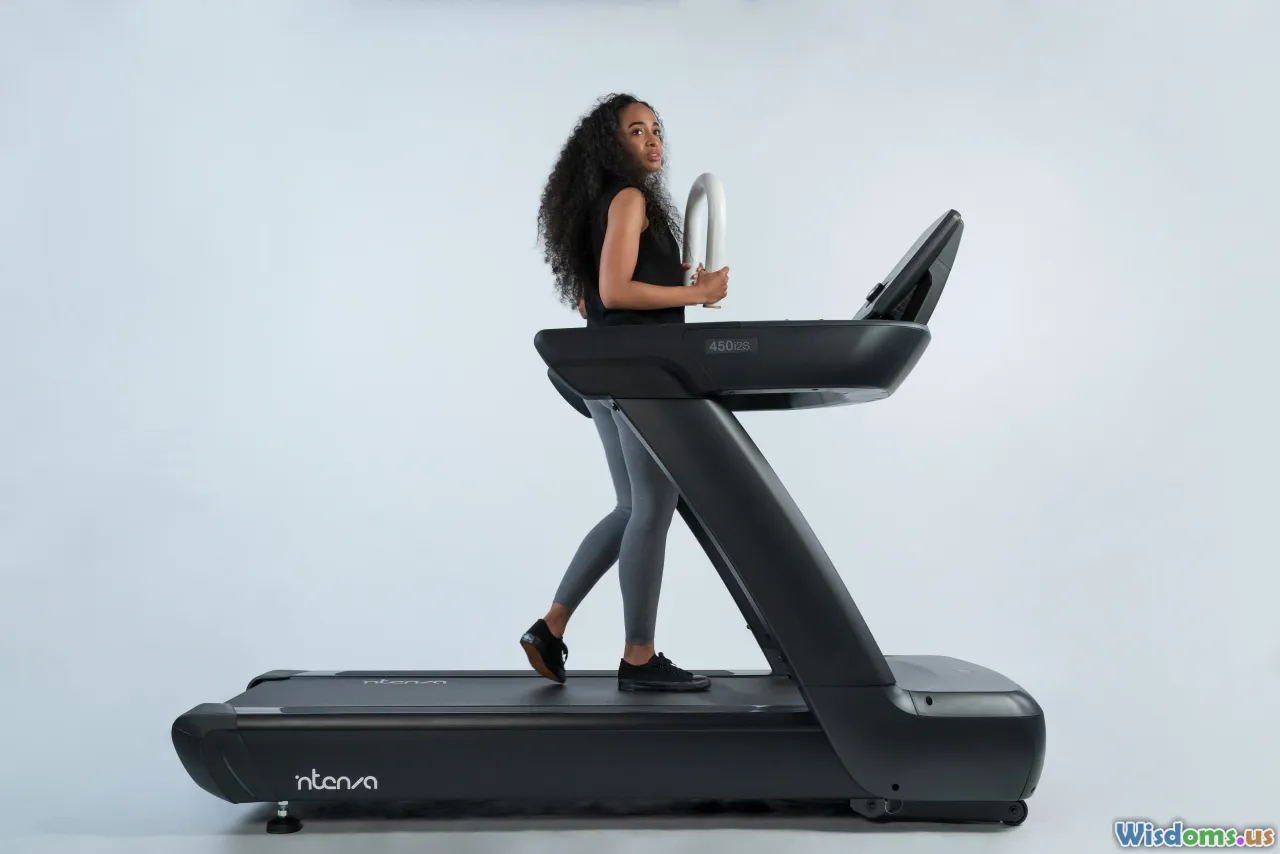
If you’ve ever hopped on a treadmill, you’ve likely seen color-coded charts directing you to the alleged mystical 'fat-burning zone'—usually about 60–70% of your maximum heart rate. But this misunderstanding can actually slow progress for weight loss.
Understanding Fuel Use
While lower-intensity activity utilizes a higher percentage of fat for energy, higher-intensity activity (like HIIT or running sprints) uses more calories overall—including calories from fat—because your total energy expenditure is higher.
A well-cited 2011 paper in Obesity Reviews explained that the most effective fat loss comes from total calorie deficit, not exclusive reliance on one training zone. Mixing higher and moderate intensities through interval and resistance training is efficient for both fitness improvements and sustainable fat loss.
Actionable Advice: Don’t worry about staying in a specific fat-burning zone; instead, vary your intensity, try intervals, and don’t fear a sweat-drenched workout.
Myth 4: Crunches Are the Best Way to Get a Six-Pack
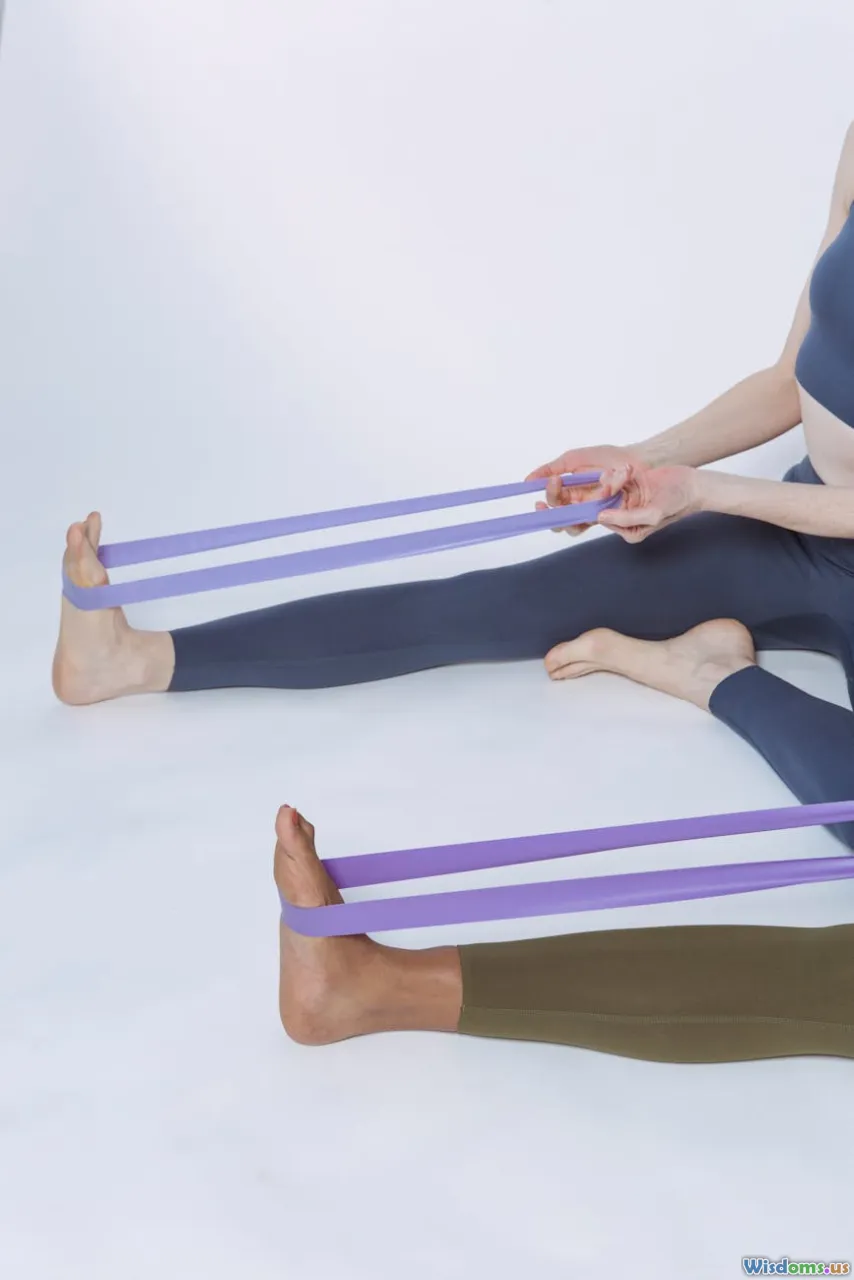
There are endless ab machines and crunch challenges promising a chiseled stomach. But crunches by themselves are unlikely to reveal those coveted abs.
Why Crunches Fall Short
Visible abdominals are largely a result of low body fat percentages, which occur through overall calorie control and balanced exercise, not isolated ab exercises.
Moreover, according to a 2013 study in the Journal of Strength and Conditioning Research, traditional crunches and sit-ups put cumulative strain on the spine, which can increase risk of injury, especially when done excessively. Core stability and strength actually depend on integrated movements, such as planks, mountain climbers, and anti-rotation presses.
Try This: Add movements like deadbugs, hollow holds, and farmers’ carries, while ensuring your overall workout (including nutrition strategies) supports healthy body composition.
Myth 5: Sweating More Means a Better Workout

Dripping with sweat can bring a sense of accomplishment, but it's a misleading proxy for actual fitness.
The Role of Sweat
Sweat is your body's natural coolant, preventing overheating. Its production fluctuates based on humidity, temperature, genetics, and acclimatization—not just your workout’s difficulty (and not necessarily how many calories you burned).
A vigorous outdoor walk in July may drench your shirt, but a similarly challenging indoor cycle class in a chilly, air-conditioned gym might yield less visible sweat.
What Really Counts
Focus on effort, consistency, and measurable progress—like being able to do more repetitions, lift heavier or last longer—not moisture on your clothes. A non-sweaty yoga or strength session can provide immense physiological benefits, from flexibility to muscle repair to metabolic boosts.
Tip: Track your fitness with benchmarks or how you feel, not just how much you sweat.
Myth 6: Cardio Is the Only Way to Lose Weight
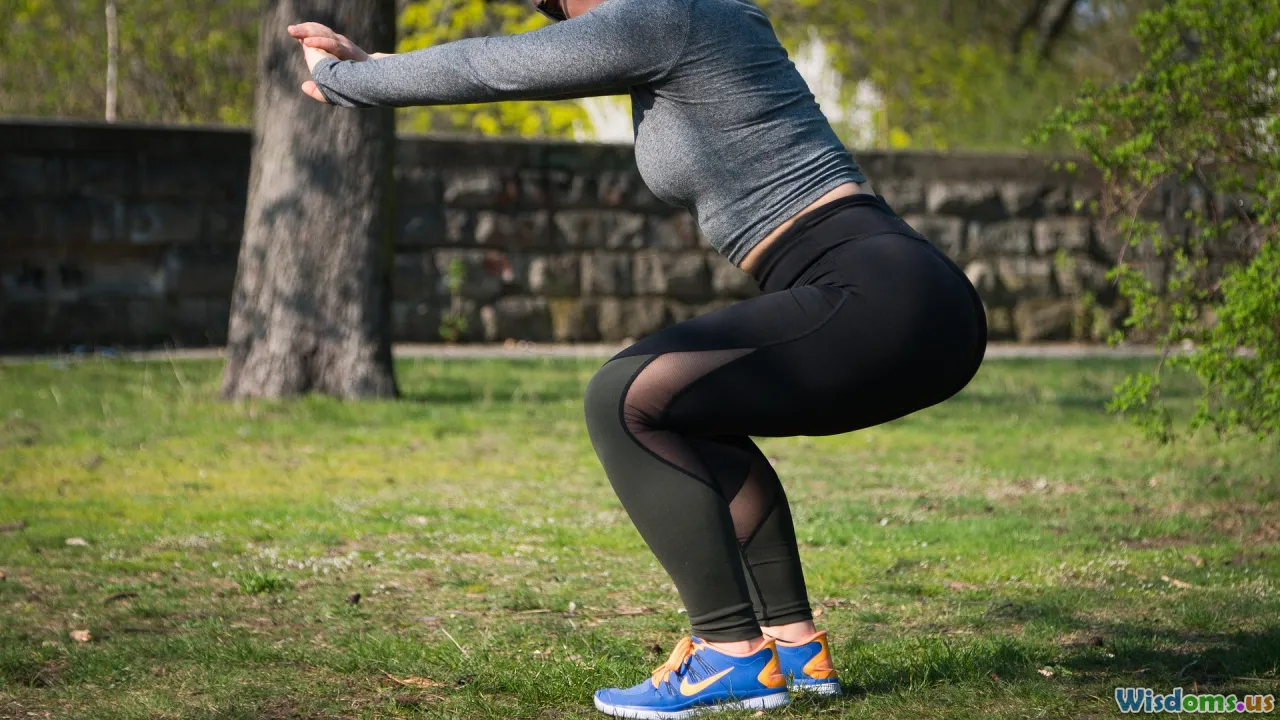
Running, cycling, or aerobic classes may seem like the default best way to burn off extra pounds. Many avoid resistance training believing it’s ineffective for fat loss, focusing on cardio alone.
Balanced Perspectives
While cardiovascular exercise does burn calories and boost heart health, it’s only part of the equation. Strength training not only burns calories during your workout but also increases muscle mass, elevating your resting metabolic rate (RMR) so you burn more calories even while sleeping. Numerous studies (like the 2016 review in Sports Medicine) confirm that combining resistance exercises and cardio enhances weight loss and health markers beyond either alone.
Bodies Built by Lifting
Professional athletes like tennis champion Serena Williams or CrossFit athletes combine both, illustrating the functional, lean muscle developed when lifting and moving dynamically.
Action Step: Pair cardio sessions with full-body, free-weight, or machine-based resistance training two to three times weekly for maximal impact.
Myth 7: You’re Too Old or Too Out of Shape to Start

Doubt about age or fitness level is one of the most damaging myths: the belief that exercise is for the young and athletic or that it’s "too late" to see real change. But evidence on active aging and late bloomers shatters this myth entirely.
Inspiration at All Ages
A 2020 JAMA Network Open study found that starting moderate to vigorous physical activity even in your 40s, 50s, or later significantly reduces the risk of premature death—on par with people who stayed active their whole lives.
Icons like marathoner Fauja Singh completed his last major race at age 101, proving movement can be embraced at any age or stage. Beginning with low-impact activities (like water aerobics, walking, or basic mobility exercises) provides momentum and motivation that can build into more vigorous routines as confidence and capacity grow.
Advice: Instead of focusing on barriers, start small—try a daily walk, chair yoga, resistance bands, or seek group classes tailored for beginners or older adults. The benefits, from improved mood to greater independence, can be life-changing regardless of age or previous fitness level.
Deconstructing fitness myths is key to finding an exercise approach that inspires, empowers, and delivers lasting results. By basing your fitness journey on evidence and embracing a broad array of tools, you’ll sidestep frustration—and unlock the energy and performance that come from smarter, more effective movement. Let truth, not myth, shape your momentum.
Rate the Post
User Reviews
Popular Posts










